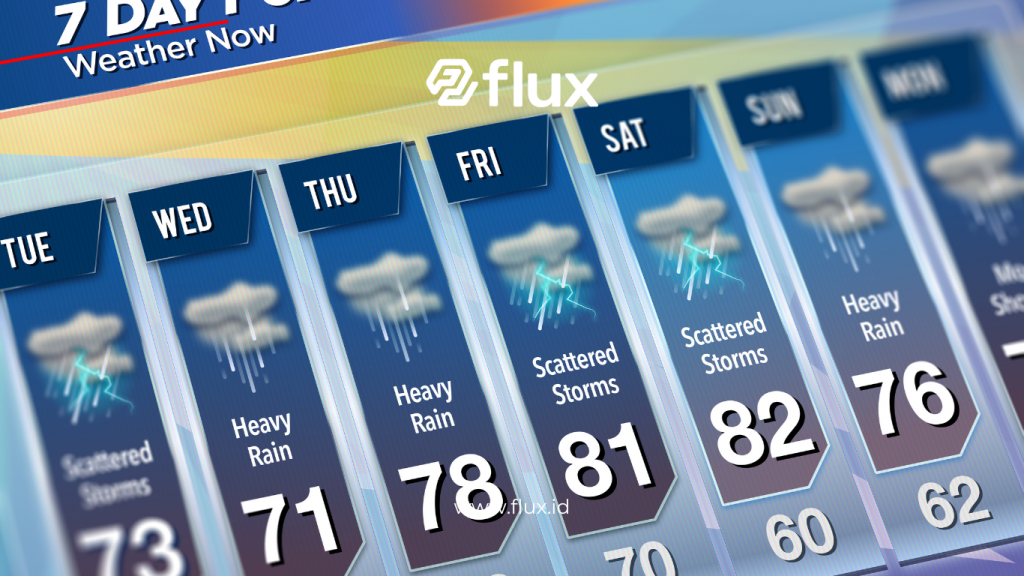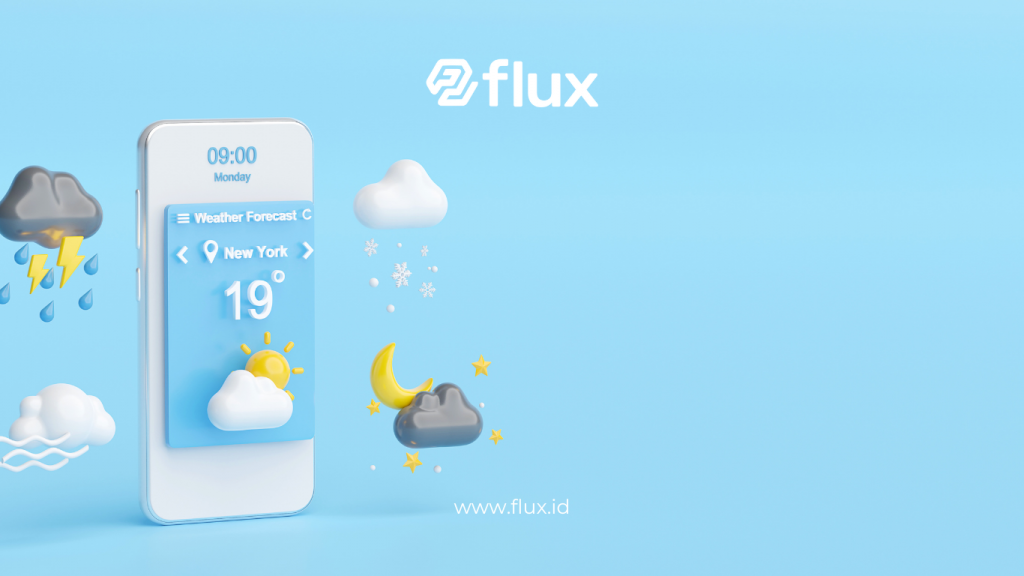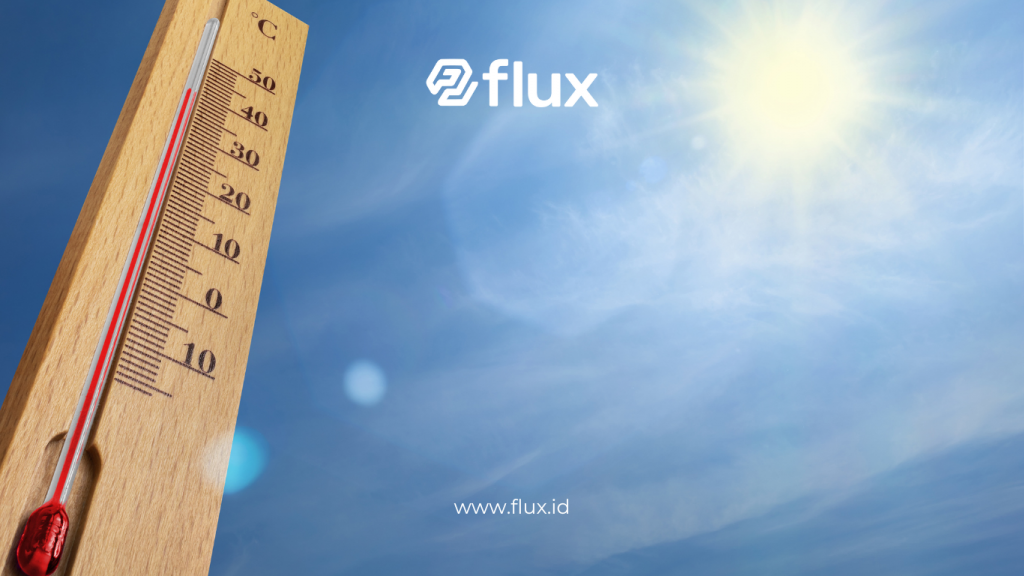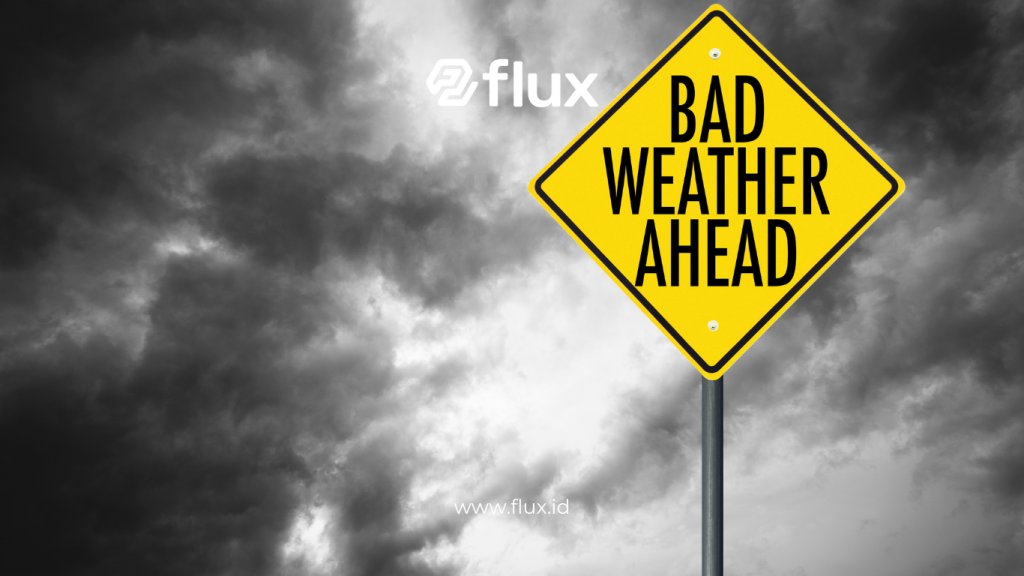Don't miss our holiday offer - 20% OFF!
Urban park management requires careful monitoring of various environmental factors to ensure the health and beauty of the park. One of the essential tools in modern urban park management is weather sensors. With technological advancements, weather sensors can now provide accurate data on meteorological conditions that affect parks. This article will discuss how weather sensors for urban parks work, their benefits in park management, and how to utilize them to enhance the efficiency and effectiveness of park management.
Contents
What is a Weather Sensor?

Read More : How Weather Sensors Ensure Accurate Predictions
A weather sensor is a device that measures various meteorological parameters to provide information about current weather conditions. These sensors are typically connected to a monitoring system that collects real-time data, such as air temperature, humidity, rainfall, wind speed, and atmospheric pressure. Data obtained from weather sensors help park managers make better decisions regarding park maintenance and management.
Types of Weather Sensors and How They Work

Read More : Flood Weather Sensor: Advanced for Prediction and Mitigation
- Temperature Sensor : A temperature sensor measures the air temperature in the park area. These sensors usually use digital thermometers or thermocouple sensors to detect temperature changes. Temperature data helps park managers monitor temperature fluctuations that can affect plant growth and maintenance needs.
- Humidity Sensor : A humidity sensor measures the level of humidity in the air around the park. This sensor works by detecting the amount of water vapor in the air using technologies such as capacitors or hygrometer sensors. Humidity information is useful for adjusting irrigation systems and preventing issues such as drought or excess humidity.
- Rainfall Sensor : A rainfall sensor measures the amount of rain that falls in the park area. Typically, this sensor uses a collecting container with a level sensor or optical technology to calculate the volume of rainfall. Rainfall data helps park managers plan watering schedules and prevent flooding.
- Wind Speed and Direction Sensor : A wind speed and direction sensor measures the wind speed and direction in the park. These sensors usually use an anemometer to measure wind speed and a vane to determine wind direction. This data is important for understanding wind patterns that can affect plants and park structures.
- Atmospheric Pressure Sensor : An atmospheric pressure sensor measures the air pressure in the park area. This sensor uses barometer technology to detect pressure changes. Atmospheric pressure data can aid in weather forecasting and adjust park planning according to atmospheric conditions.
Benefits of Weather Sensors in Urban Park Management

Read More : IoT Sensor Technology for Drought Monitoring: Advanced Solutions for Water Resource Management
- More Efficient Irrigation ManagementWith air humidity and rainfall data, park managers can regulate irrigation systems more efficiently. Weather sensors help ensure that plants receive the right amount of water according to their needs, avoiding water wastage and reducing operational costs.
- Timely Plant CareTemperature and humidity sensors provide important information about environmental conditions affecting plant health. With this data, park managers can plan plant care, such as fertilization and pruning, more timely according to changes in weather conditions.
- Environmental Damage PreventionWeather sensors help identify extreme weather conditions such as heavy rain or strong winds that can cause damage to the park. With this information, park managers can take preventive measures such as strengthening park structures or closing park facilities to protect plants and infrastructure.
- Improved Planning and ManagementAccurate weather data helps park managers in long-term planning and management. By monitoring weather patterns, park managers can plan planting schedules that are suitable for local weather conditions and adjust park design to cope with climate changes.
- Better Visitor ExperienceWith well-managed parks in optimal condition thanks to weather data, visitors can enjoy park facilities better. Weather sensors help keep parks in the best condition, enhancing visitor experience and satisfaction.
How to Implement Weather Sensors in Urban Parks

Read More : In-Depth Insight: Weather Sensors and Climate Change
Step 1: Needs Assessment
The first step is to assess the specific needs of the urban park. Identify the most relevant and important weather parameters for park management, such as temperature, humidity, rainfall, and wind speed. This will help in selecting the right sensors.
Step 2: Sensor Selection
Choose weather sensors that match the identified parameters. Consider factors such as accuracy, durability, and cost when selecting sensors. Ensure that the selected sensors can provide accurate data according to the park’s needs.
Step 3: Installation and Configuration
Sensors need to be installed in strategic locations in the park to ensure accurate data collection. After installation, the sensors should be configured and integrated with a monitoring system to transmit real-time data.
Step 4: Data Monitoring and Analysis
Data collected by the sensors should be monitored and analyzed to gain useful insights. Use data analysis software or weather platforms to process the data and generate reports that can be used in decision-making.
Step 5: Actions and Adjustments
Based on data analysis, take necessary actions to better manage the park. Adjust plant care strategies, water usage, and park planning based on the information obtained from the sensors.
Challenges and Solutions in Using Weather Sensors

Read More : Overcoming Farmer Challenges with IoT Solutions
Challenges
- Initial Cost: The initial investment for weather sensors can be a challenge, especially for park departments with limited budgets.
- System Integration: Integrating sensors with existing systems can be complicated and require technical support.
- Sensor Maintenance: Sensors require regular maintenance and calibration to ensure data accuracy.
Solutions
- Budget Planning: Plan budgets wisely and consider the long-term benefits of using weather sensors to help manage costs.
- Technical Support: Choose sensor providers that offer technical support and training to ease the integration and configuration process.
- Maintenance Program: Implement routine maintenance and calibration programs to ensure sensors function well and provide accurate data.
Conclusion
Weather sensors for urban parks play an important role in improving urban park management by providing accurate and real-time meteorological data. By utilizing various types of weather sensors for urban parks, park managers can plan and manage parks more efficiently, enhance plant health, and ensure a better visitor experience. Although there are challenges in implementation, the benefits of using weather sensors far outweigh them, making them valuable tools in modern urban park management. Effective implementation of this technology can bring positive changes for the sustainability and quality of urban parks, as well as increase visitor satisfaction. Weather Sensors for Urban Parks.





